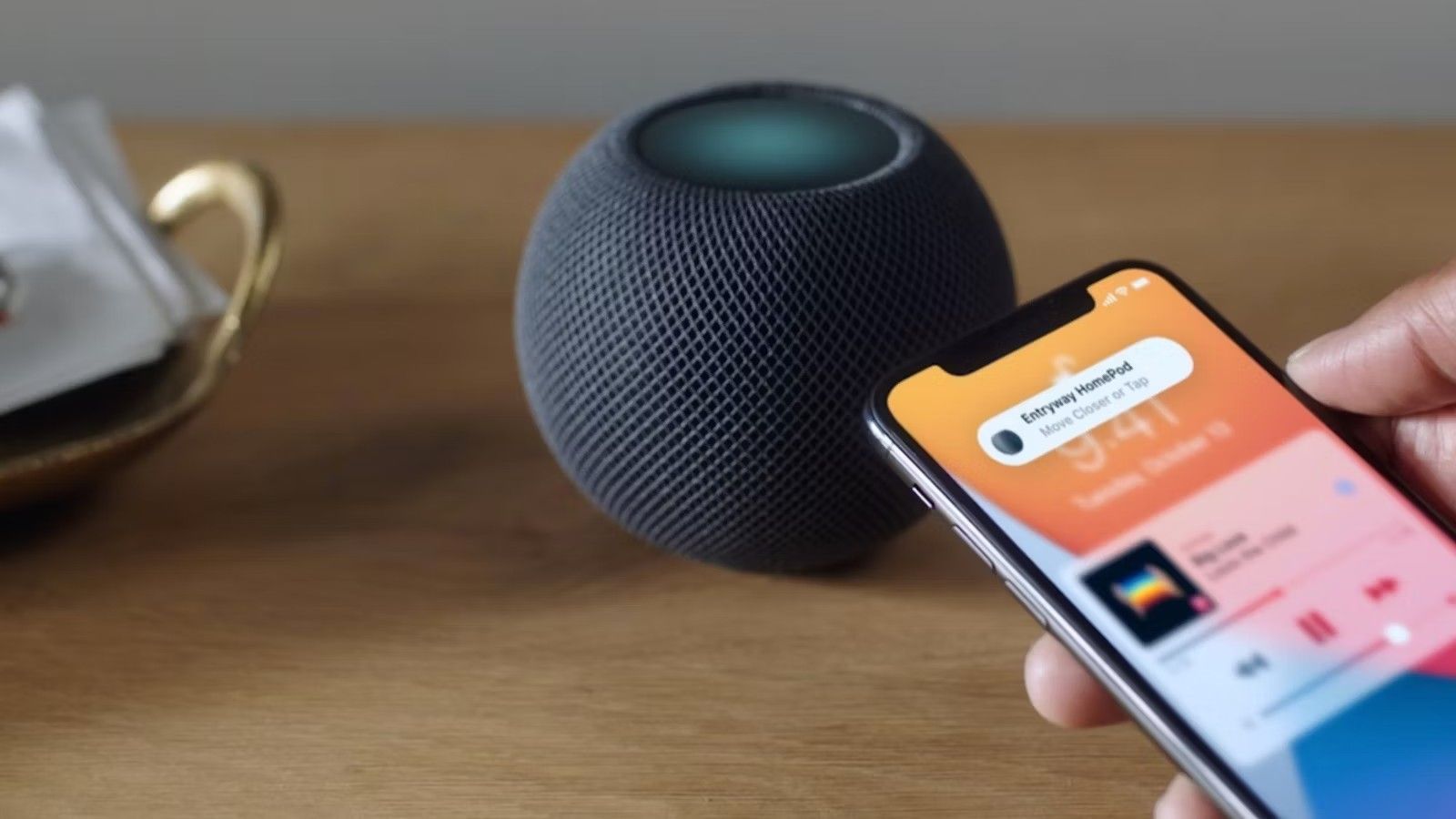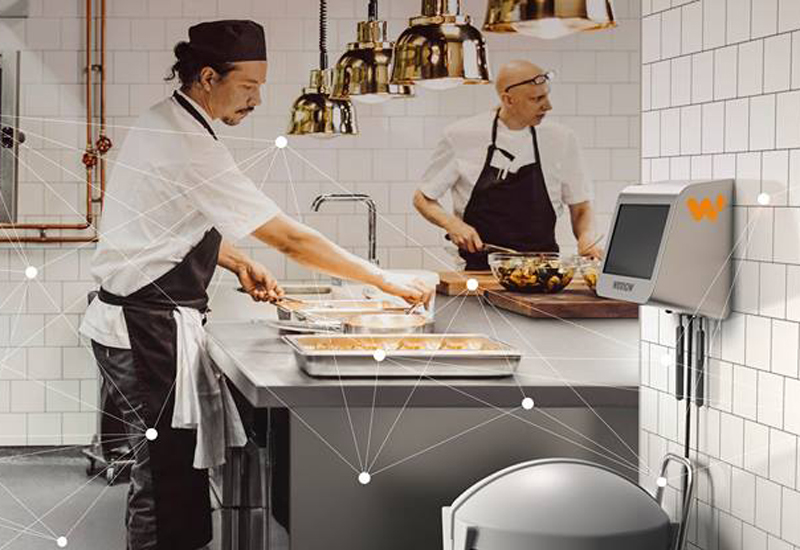In the rapidly advancing realm of technology, natural language processing in devices is carving out a significant niche. As we integrate more AI-powered devices into our daily lives, understanding how natural language processing (NLP) works in these devices is crucial. This technology is not only reshaping how we interact with our gadgets but also influencing the broader landscape of human-computer interaction.

What is Natural Language Processing?
Natural language processing, often abbreviated as NLP, is a branch of artificial intelligence focused on enabling machines to understand and respond to human language. This involves processing, analyzing, and generating language in a way that’s both meaningful and useful. In the context of devices, NLP allows for more intuitive and efficient communication between users and their tech.
The Evolution of NLP in Devices
The journey of NLP in devices began with simple voice commands and has since evolved into complex conversational agents. Devices like smartphones, smart speakers, and even home appliances now come equipped with NLP capabilities, making interactions seamless and more human-like.
Smartphones and NLP
Smartphones are perhaps the most common devices where NLP is utilized. Features like voice-to-text, digital assistants, and language translation are all powered by NLP. With advancements in this field, smartphones can now offer personalized experiences, adapting to user preferences and even learning over time.
Smart Speakers and Home Automation
Smart speakers, such as those powered by Alexa or Google Assistant, rely heavily on NLP to function. They not only understand voice commands but also execute tasks, control smart home devices, and provide information. For more on how these devices work, check out what is a smart speaker? on our site.
Benefits of Natural Language Processing in Devices
The integration of NLP in devices offers numerous benefits. It enhances user experience by making interactions more natural and efficient. Additionally, NLP can assist in accessibility, allowing individuals with disabilities to interact with technology more easily. For more insights on these benefits, explore benefits of voice-controlled devices.
Improved User Experience
With NLP, devices can understand nuanced human language, including slang and dialects, making interactions smoother. This personalization leads to more satisfying user experiences and can even anticipate user needs.
Accessibility and Inclusivity
NLP technology is breaking barriers for those with disabilities. By allowing voice commands to control devices, individuals with mobility issues or visual impairments can navigate technology more easily.
Challenges in Implementing NLP
Despite its numerous benefits, implementing NLP in devices comes with challenges. These include understanding context, handling different languages, and ensuring data privacy and security. Developers are continuously working to overcome these hurdles to make NLP more robust and reliable.
Contextual Understanding
One of the biggest challenges in NLP is ensuring that devices can understand the context of a conversation. This involves not just processing words but also understanding the intended meaning behind them.
Data Privacy Concerns
As devices become more sophisticated, they require more data to function effectively. Ensuring this data is protected and used ethically is a major concern for both developers and users. More about data protection can be found on how to control your data.
The Future of NLP in Devices
The future of NLP in devices is promising, with potential advancements in understanding emotions, improving accuracy, and integrating with more complex systems. As technology continues to evolve, NLP will likely become an even more integral part of our daily interactions with devices.
Emotion Recognition
Future NLP systems may be able to recognize and respond to human emotions, making interactions even more personalized and effective.
Increased Accuracy
As machine learning algorithms improve, the accuracy of NLP systems is set to increase, reducing errors and improving user satisfaction.
How to Get Started with NLP in Your Devices
For those interested in experiencing the benefits of NLP first-hand, many devices today come equipped with basic NLP capabilities. Setting up a smart home system, for instance, can be a great way to explore these technologies. Learn more about connecting devices in our guide how to connect smart devices.
Conclusion
Natural language processing in devices is transforming the way we interact with technology. By making devices more intuitive and accessible, NLP is paving the way for a future where human and computer interactions are as natural as human-to-human communication. As these technologies continue to evolve, their impact will only grow, offering exciting possibilities for users worldwide.

FAQs
How does NLP work in smart speakers?
NLP in smart speakers works by processing and analyzing voice commands to execute tasks or provide information. The system uses AI to understand and respond to user requests.
Can NLP recognize different languages?
Yes, modern NLP systems can process multiple languages, making devices more versatile and user-friendly across different regions.
Is my data safe with NLP devices?
While developers strive to ensure data security, it’s always important for users to understand and manage their privacy settings on these devices. Learn more about protecting your data on data protection guide.
This article contains affiliate links. We may earn a commission at no extra cost to you.





